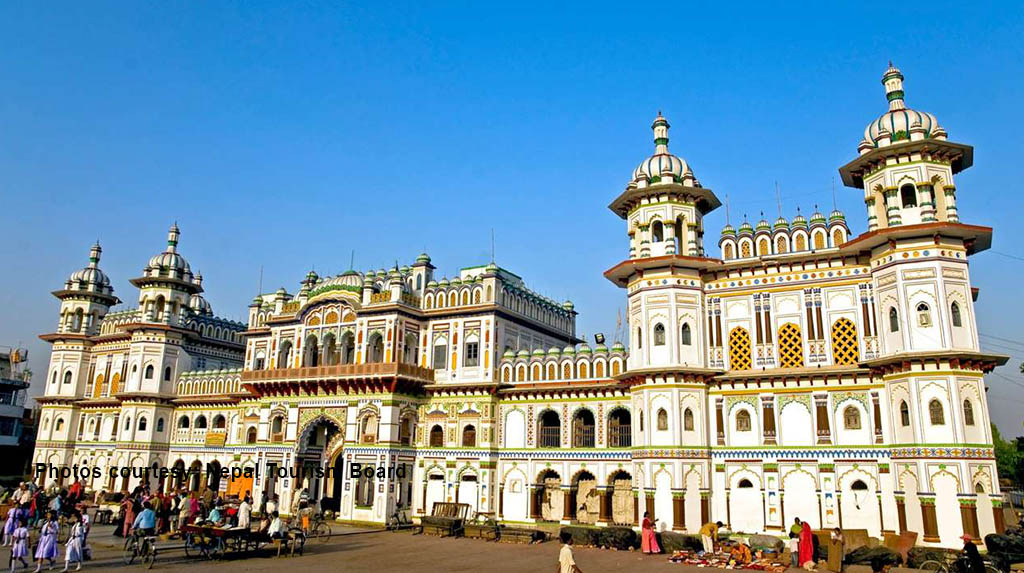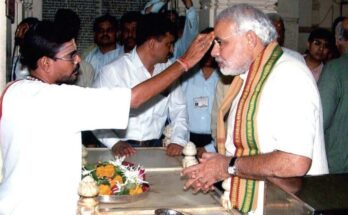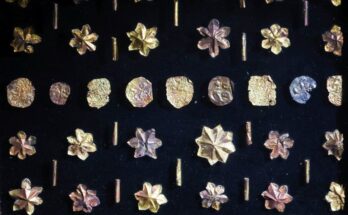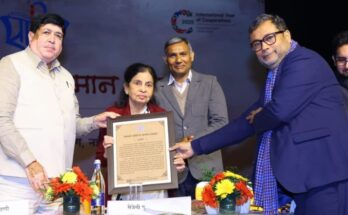Shyamhari Chakra
The foundation stone laying ceremony for the Ram Mandir in India’s Ayodhya has invoked equal cheer among the people in its neighbouring nation of Nepal – especially in Janakpur, believed to be the birthplace of Sita.
Stake-holders of tourism sectors of both the countries are optimistic that the new temple at Ayodhya would boost religious tourism on both sides of the border.
Barely 45 kilometres far from Sitamari bus stop and 30 kilometres from Jaynagar railway station – both on Indian border – Janakpur in Nepal is 518 kilometres far from Ayodhya. “With close proximity to India that has designed the Ramayan circuit with Ayodhya as its epicentre, devotees coming to Ayodhya would definitely be keen to visit Janakpur and vice-versa,” they believe.
The expected upsurge in pilgrimage-tourism would largely benefit the economy of Janakpur region, they observed.

Janakpur, situated at a distance of 225 kilometres from Nepal’s capital city of Kathamandu, derives its name after King Janak, father of Janaki (Sita), who ruled over the land as per the narratives weaved in The Ramayana.
Sita had lived in Janakpur till Ram had arrived there and had married her after breaking Lord Shiv’s bow.
The centre of attraction in Janakpur is the majestic Janaki Mandir located at the city centre. One of the biggest temples in Nepal, it was built in 1898 by Queen Brisabhanu Kunwari of Tikamgarh. Locals claim that the childless queen came to Janakpur to pray for a son and her prayers were answered following which she constructed the temple costing nine-lakh rupees for which the temple of often referred as Nau-Lakha Mandir.
Adjacent to the Janaki Mandir is the Vivah-Mandap – the place where the wedding ceremony of Ram and Sita was solemnised.
Incidentally, Vivaha-Panchami, that celebrates the wedding of the celestial couple every year during November-December as per the Maithili calendar – is observed here with much splendour attracting maximum footfall of pilgrims from across Nepal and India to Janakpur.
Rangbhoomi is the other venue of attraction in Janakpur where Sita’s swayamvar (selection of the groom) following the breaking of Shiva’s bow was broken, had happened.
A large number of devotees who visit Janakpur throng Dhanushadham at a distance of 18 kilometres. It is here that the broken remains of Lord Shiv’s bow were believed to have fallen after Ram had broken it. Interestingly, a fossilized fragment of the broken bow is believed to be preserved here.
Janakpur has as many as 72 kunds (holy tanks) that also beckons the devotees. Of these, Ratan Sagar, Ganga Sagar and Dhanush Sagar have been the most attractive locations.
Known as Mithila in ancient times, Janakpur has much added attractions for the visitors apart from its places of pilgrimage. They can discover and experience an array of Maithili culture here, the tour operators point out.
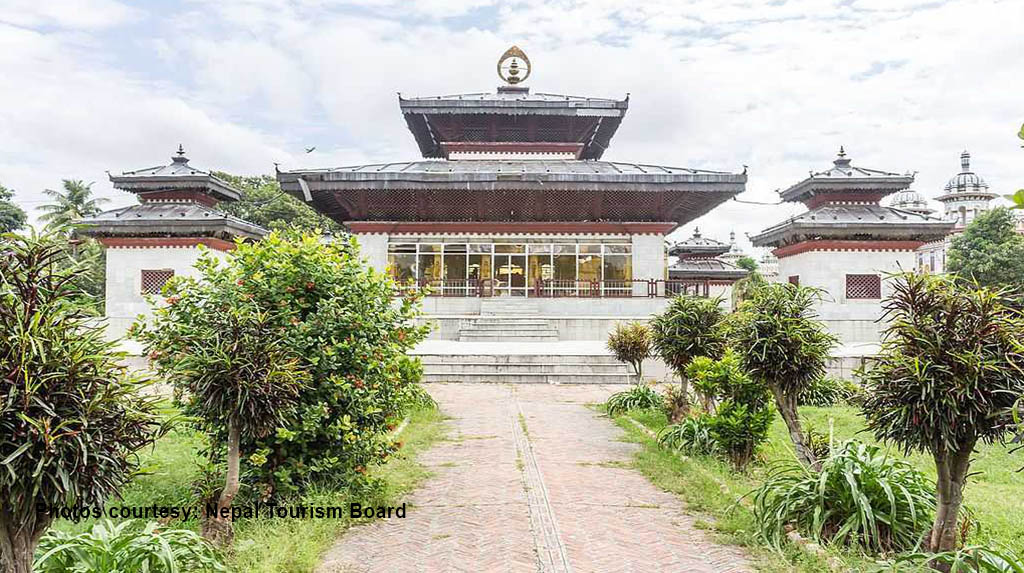
With availability of air, rail and road connectivity, Janakpur has got every potential to emerge as a major attraction of pilgrimage in the Ramayana-circuit, they beamed hope.

